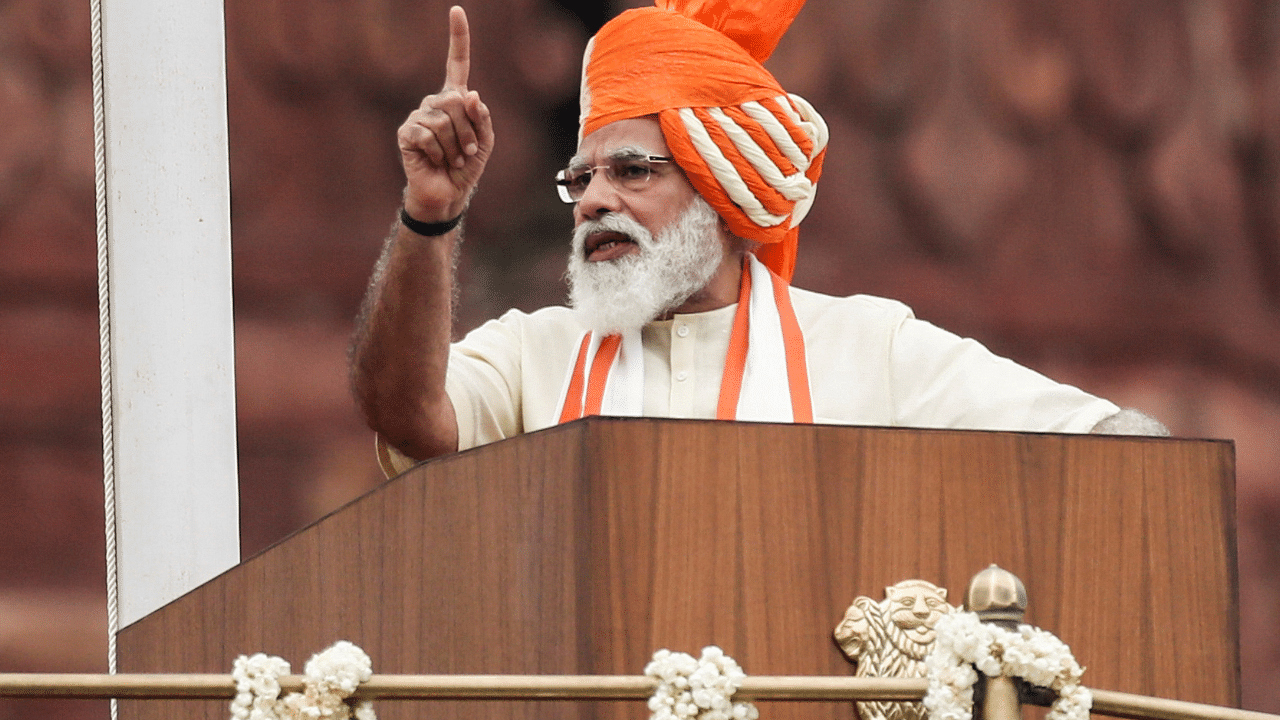
The on-going agitation over the agricultural reforms passed by the Modi government is the second mass protest to happen in a year without a direct backing from any political party. Now in its fifth week, farmers largely from Punjab and Haryana continue to protest at Delhi borders in large numbers to ask for the three recent laws, allowing more market intervention in the agriculture sector, to be rolled back. The Central government has stood firm, willing to consider amendments but not repeal the laws. The two sides are locked in a stalemate-like situation that does not seem to have an easy solution.
The previous protest, over the Citizenship Amendment Act (CAA) and the proposed National Register of Citizens (NRC), much like this one was also led by groups and citizens who came out to voice their anger and force course-correction by holding street protests. But while that one petered out due to a variety of reasons, including the onset of the coronavirus pandemic, this one is unlikely to fizzle out. Before we look at the reasons for this, it’s worth asking why we are seeing these kinds of protests — on specific issues and restricted to relatively small groups of people — and what they tell us about how politics has shaped over the last six years.
The answer to this might lie in looking at what has happened to political discourse, the traditional space through which different positions in a democracy are debated and reconciled.
Shrinking space for political discussion
Since the Modi government came to power in 2014, we have seen a kind of de-legitimising of the political opposition that has so far not been witnessed in India. We have been presented over and over with a situation where there is just one true voice and representation in the political sphere —that of the ruling dispensation, its ideology and its leader, Narendra Modi. All others have been affixed with labels that discredit and more fundamentally devalue their very existence. The line of those impacted is long, but suffice to say that leading the formation are members of the Congress' first family, the Gandhis.
For a government that reflexively fends off criticism and dissent through diminution rather than discussion, the farmers’ protest is a googly it just doesn't know how to play. Some in the government have tried waving labels, such as “Khalistani”, “Maoist”, “tukde, tukde”, perhaps out of sheer habit. But clearly, politics of this kind has its limits. Even the prime minister has had to cast the farmers as “misled" by opposition parties, rather than paint them as villains.
As far as the opposition parties go, chief among them the Congress, they are tying themselves up in knots trying to discredit (swapping places with the government) what seems to be a progressive policy initiative as something that will inherently destabilise the agriculture sector and undermine farmers' interests. In the absence of a widespread acceptance of this position even within the farming community, the Opposition's position seems lacking both in merit as well as ideological coherence, especially since reforms in the agriculture sector have been on the agendas of all recent governments.
As far as the farmers’ groups are concerned, a determined attempt to keep political involvement out of their agitation — the clearest reflection of how undermined the processes of Opposition politics and mobilisation are at present — have resulted in a refusal to go to the negotiating table. On one hand, they don’t trust the government and on the other hand, they are unwilling to rope in political parties — established institutions that have resources to negotiate from a position of knowledge, if not always a strength.
Incidentally, a similar pattern played out during the last year’s Shaheen Bagh protests, although in that case, the government was able to belittle the protestors and get traction among its own core constituency by allowing the movement to drag on.
No option but to engage with dissent
Which brings us to whether there is anything that this government can actually do to resolve the current situation. Given the level of preparation among the farmers, there is a possibility that the protests could actually carry on for months. If the protests become broad-based and are able to enlist farmers from other states, the government not just stands to lose face but will also be forced to go back on a key reform initiative, one that has taken a pandemic to roll out.
What would probably be best is to find a way of convincing the farmers that their anxieties about Minimum Support Price will be met and assuaged. This requires a willingness to engage and humility to listen that this government does not possess. It is by now used to speaking a political language where its position alone is true and has meaning, while that of its opponents is not just false but downright harmful. But it cannot be business as usual in this case, and going forward in other areas as well perhaps. The government must realise it has widened the gap between itself and other political parties, not to mention dissenting citizens, to an extent where there is no middle ground. That is where the real logjam seems to be.
In short, the ruling side is being taught important lessons in the art of governance and the meaning of true leadership by the current protests. How the prime minister handles the issue from here will have great import, both for the future of the reforms as well as for his own standing, In many ways, this is the first real test of whether Modi can actually do the work that a country’s top political leader is expected to do — reach out and build bridges in the face of differences in interests and outlook.
